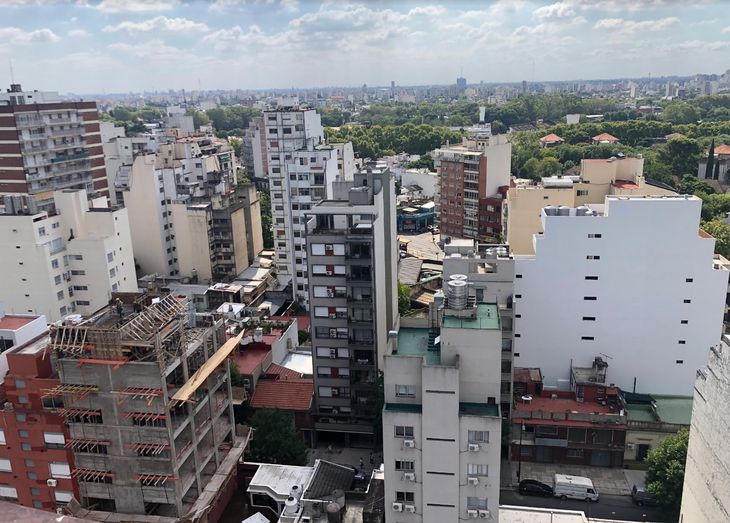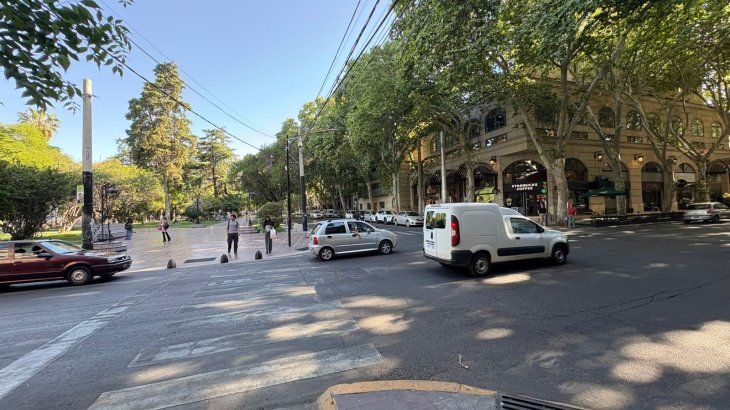The Real Estate Market Ahead Backed by Javier Milei. What Buyers Are Looking For and Which Properties Will Lead Sales
The election results and the drop in the dollar have reignited demand in real estate agencies. Industry professionals are analyzing which segments will move the fastest.
The “crystal ball” of Argentina’s real estate market now reflects renewed expectations: political support and a declining dollar have triggered a wave of property inquiries, viewings, and pending transactions. All signs suggest that demand will consolidate if the dollar continues to fall and stays within a stable trading band.
Sector representatives agree that the new context opens a window of opportunity—for both investors and first-time buyers—especially at this early stage of recovery. According to data from the Notaries’ Associations of Buenos Aires City and Province, more than 21,000 transactions have already been registered.
Architect and broker Oscar Puebla, director of Puebla Inmobiliaria, interprets the current moment as a turning point.
“Today’s prices will look ridiculous in a few years,” he says. “The market didn’t stop in recent months, and everything now indicates that demand will strengthen. The dollar is going down, and real estate remains a tangible and safe haven.”
He explains that the Argentine market—naturally dollarized and used to uncertainty—reacts immediately to any sign of stability.
“Real estate always wins when the dollar stabilizes. Argentines trust what they can see and touch.”
He also notes that new developments under construction represent the “floor” of the future market and encourages comparing Argentina’s price per square meter with neighboring countries, where it is often much higher. “The investment potential is undeniable,” he says.
A Rapid Adjustment
Architect and civil engineer Mariana Stange, director of Mariana Stange Real Estate, also perceives an immediate adjustment. She believes that after the latest political announcements, a drop in the dollar will have a favorable impact on the markets—promptly felt in real estate.
“Property once again becomes a refuge in times of volatility,” she explains. “When there’s more stability, buying and renting decisions accelerate. We anticipate increased inquiries, more property visits, and above all, the return of investors seeking to protect their capital in tangible assets.”
In the coming months, however, the recovery will be selective.
“We’ll see movement mainly in well-located segments and in mixed-use projects that incorporate spaces for hybrid work. Developments that emphasize well-being, efficiency, and sustainability will be the first to reactivate,” she says.
Stange also highlights the role of mortgage credit, which could expand access to housing.
“It’s the key driver for revitalizing the market—but it requires clear rules, stability, and financial products that protect borrowers. If the banking system sends credible signals, demand could multiply,” she concludes optimistically.
“The Argentine real estate sector is ready for an upward trend. It’s now more professional than ever and prepared to showcase its full potential.”

Property Types Leading Sales
In this post-election context, the properties expected to lead sales are apartments up to three rooms in the Buenos Aires Metropolitan Area (AMBA), priced around USD 120,000, along with “PH”-type homes (townhouses or shared-lot houses without building fees) in the same range or below—often bought to avoid condominium expenses or to renovate and resell.
In the premium segment, larger properties (four rooms or more) starting from USD 300,000 are expected to gain momentum. Professionals also note the return of foreign investors, drawn by prices far lower than those in major capitals like Madrid or Paris.
Perspectives from the Interior
Juan Pablo Baca, founder of Red Tu Inmobiliaria, views the election results as a trigger for buyers holding dollar savings.
“The outlook is clearer, and in real terms, the dollar is losing value, discouraging people from keeping cash idle,” he explains.
He expects prices for older properties in Buenos Aires to rise, while dynamics in the provinces will differ, as in some areas supply still exceeds demand. He believes that mortgage lending will become central again next year, once macroeconomic stability improves.
He identifies specific opportunities: apartments in outer neighborhoods of consolidated areas will likely deliver the best returns and future appreciation. In Buenos Aires, for example, Almagro could follow a trajectory similar to Palermo, while in Córdoba, Alberdi might replicate the gains seen in Nueva Córdoba.
“Real estate is giving us a second chance—it’s time to seize it,” Baca says.

A Broader Outlook
Argentina’s real estate market is at a turning point. After years of stagnation, prices—currently averaging around USD 2,400 per square meter in Buenos Aires—could begin a new upward cycle, fueled by stability and a weaker dollar. In this scenario, the first movers will be those with available dollars. The challenge for the coming months will be to introduce financing mechanisms that broaden the buyer base and sustain the recovery.
Stange concludes:
“Confidence will be the driving force of the new cycle. If stability takes hold, real estate will once again become Argentines’ favorite investment.”


